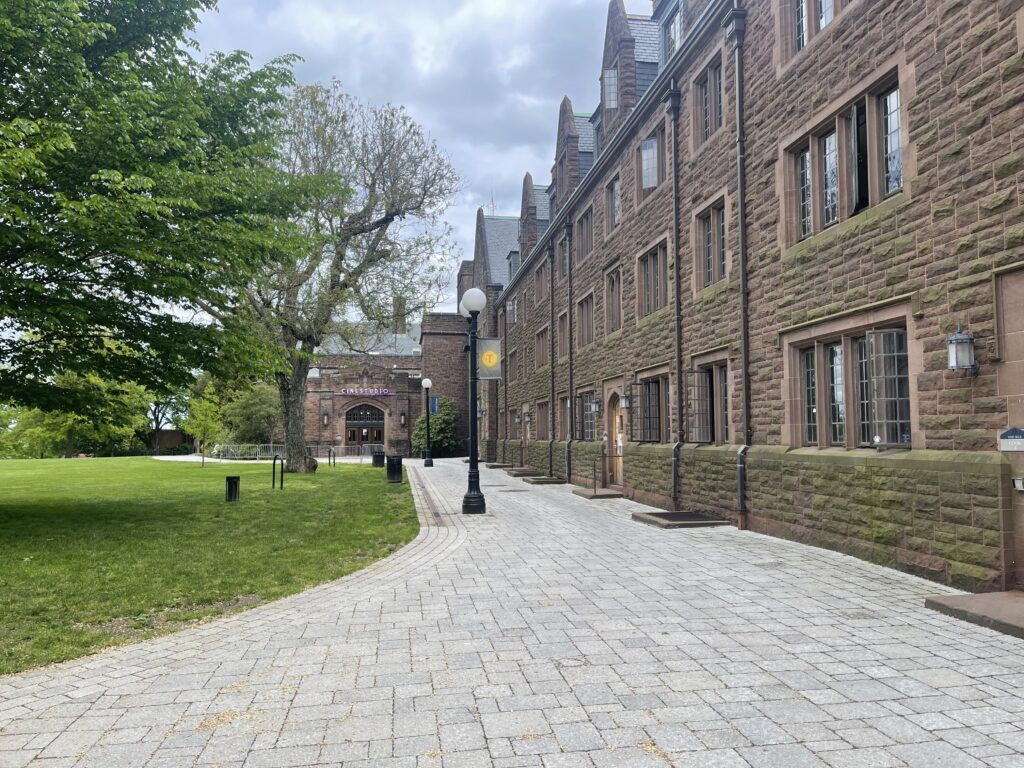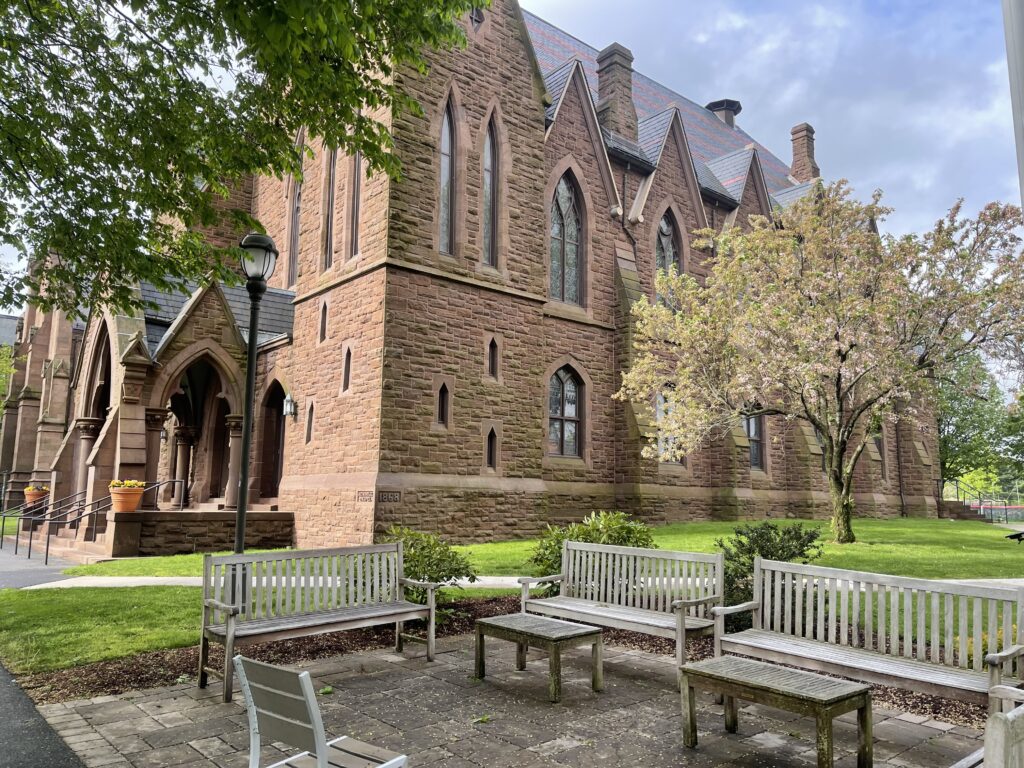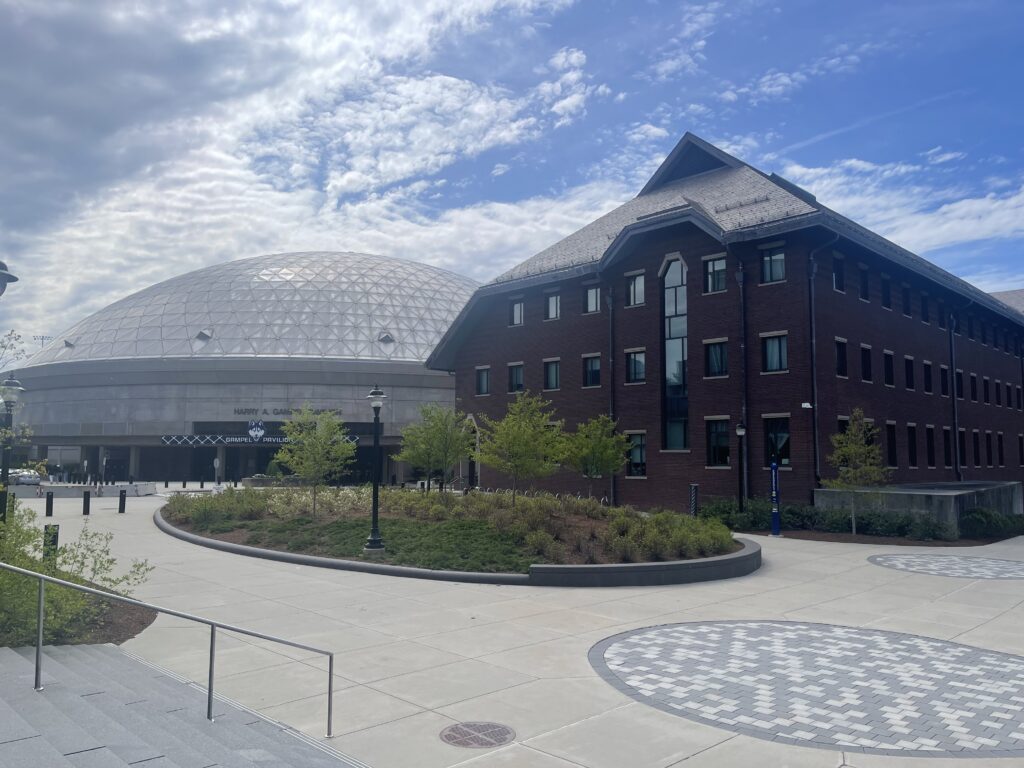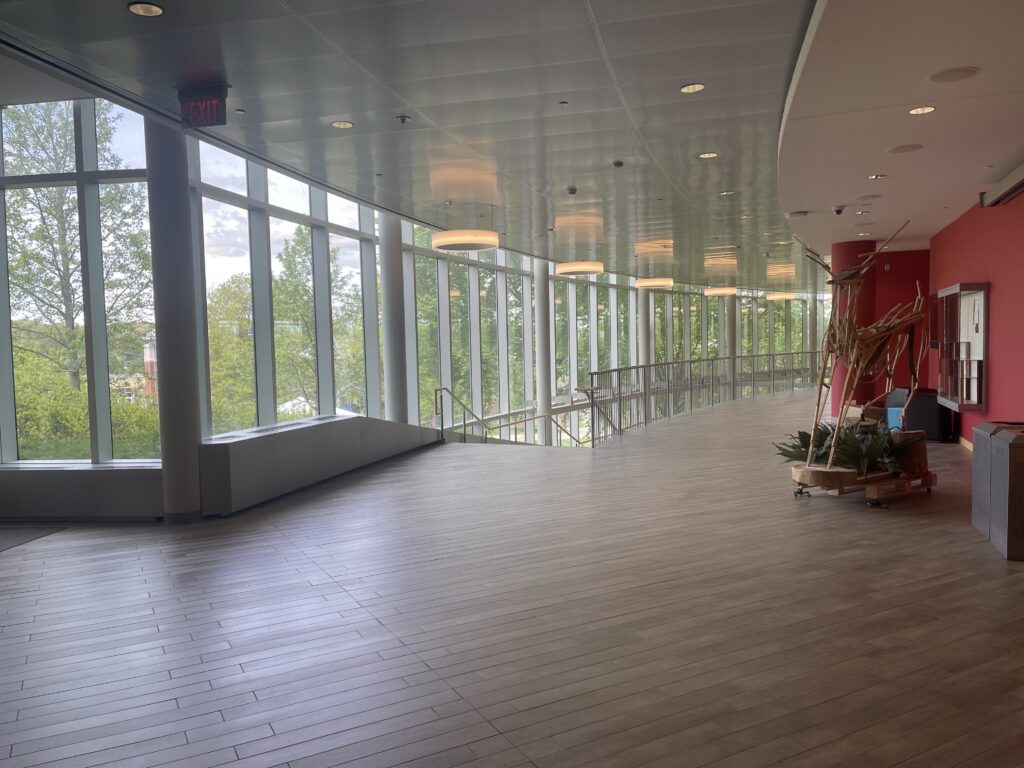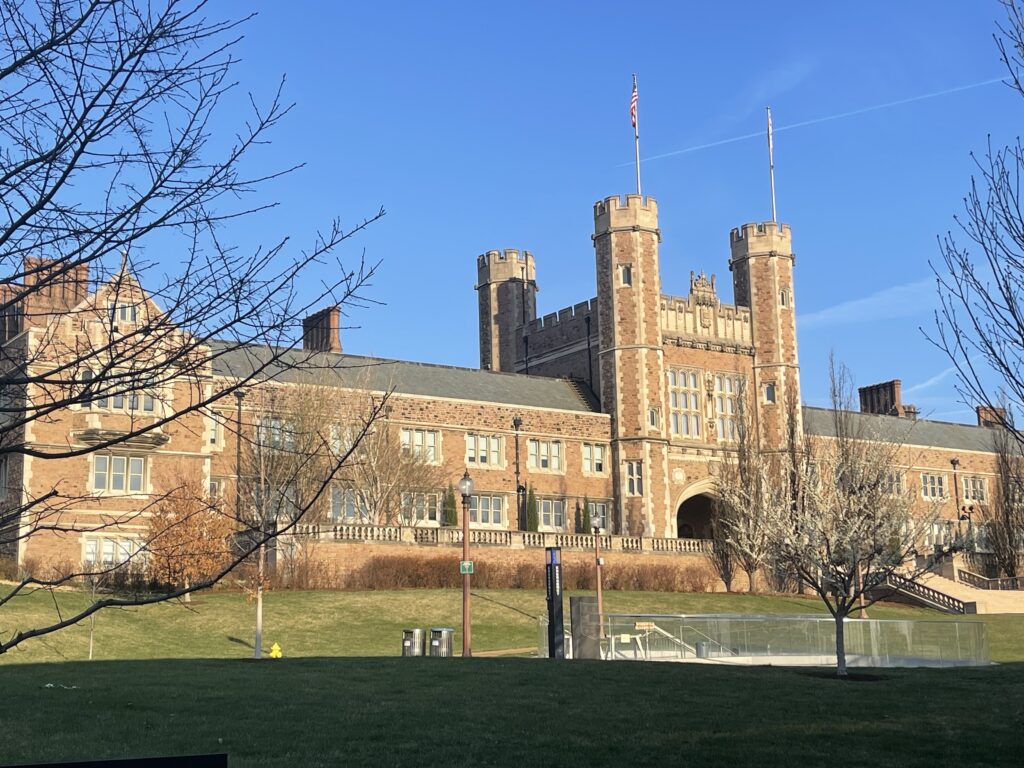I recently visited Trinity College in Hartford, Connecticut, where I toured campus and spoke with the admissions office about the latest trends in admissions. Here are some takeaways from my visit:
· Trinity is a small liberal arts college of roughly 2,100 students. Historically known for a relatively conservative, white and preppy atmosphere, the school has diversified in recent years and features a wider range of students and political views than in years past.
· The residential campus, which was designed by Frederick Law Olmsted’s firm, is architecturally striking and reminiscent of another well-known gothic campus further south in Connecticut. Located about a 10-minute drive from downtown Hartford, the self-contained campus features flourishes like crests and Latin inscriptions that lend it a traditional feel. The on-campus film house designed by McKim, Mead & White, Cinestudio, screens independent and repertory works, while the chapel features a 4,416 pipe organ that students can study on.
· Unlike most liberal arts colleges, Trinity boasts a fully-accredited engineering program. Engineers at Trinity, however, should expect a healthy dose of liberal arts and writing coursework.
· Trinity has leaned into hands-on, experiential learning. There are over 200 credit-bearing internship opportunities that capitalize on Trinity’s urban location (relatively unique for a liberal arts college). Through Trinity’s Center for Hartford Engagement and Research (CHER), students put their learning and research to use on real world projects in partnership with community organizations. Political science and public policy majors benefit from being walking distance from the Connecticut State Capitol, where they can intern through Trinity’s Legislative Internship Program.
· Although there is no business major, economics is one of the most popular majors on campus. Bloomberg terminals and a finance club serve students interested in finance, and a new Entrepreneurship Center offers curricular and co-curricular programming for budding entrepreneurs.
· A Division III school and member of NESCAC, Trinity is an institution where students rally around their sports teams. The squash program is particularly strong. On the weekends, there are a range of on-campus activities, although Greek life is particularly popular.
